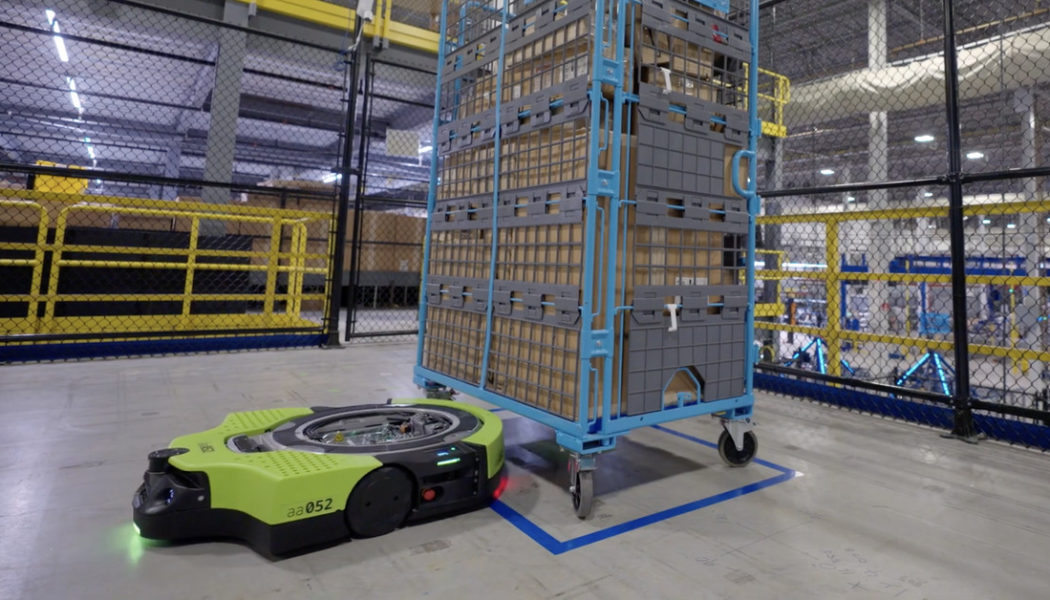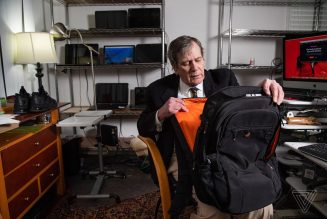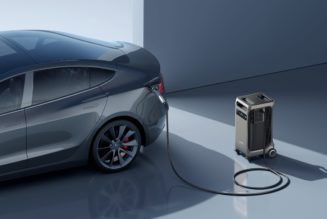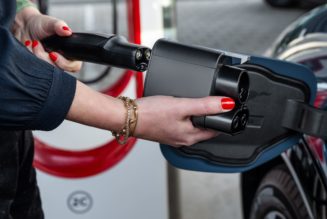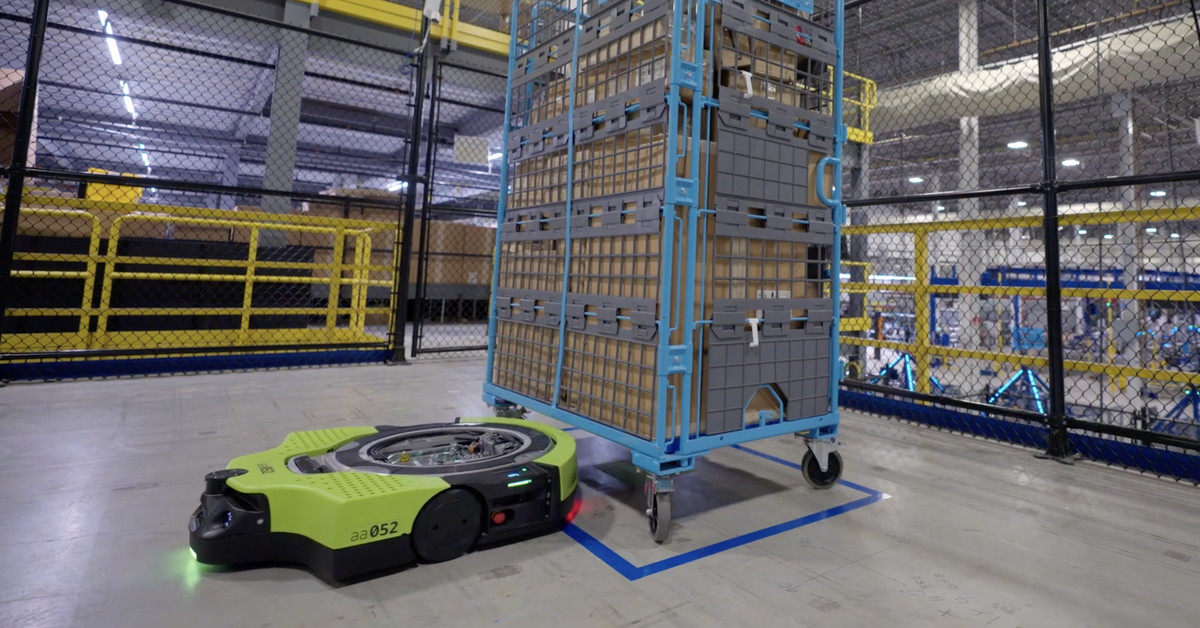
Amazon has announced its “first fully autonomous mobile robot,” meant to move large carts throughout its warehouses. The robot is called Proteus, and Amazon says it can safely navigate around human employees, unlike some of its past robots that it kept separated in a caged area.
Amazon says Proteus robots have “advanced safety, perception, and navigation technology,” and a (strangely silent) video shows the robots shining a green light in front of themselves as they move around. When a human steps into the beam, the robot stops moving, then resumes after the person moves away.
[embedded content]
The company has also announced several other robotic systems. One, called Cardinal, is a robotic arm that can lift and move packages weighing up to 50 pounds, which Amazon hopes to deploy in warehouses next year. The company says that its computer vision systems let it pick out and lift individual packages, even if they’re in a pile.
Amazon’s post also shows off tech that could let employees ditch the hand scanners they use to log barcodes. Instead, workers stand in front of a camera system that recognizes the packages without pausing to scan the label. There isn’t a lot of detail on how it works other than some combination of machine learning and a 120 fps camera system, but the effect is similar to what we’ve seen from the company’s Just Walk Out tech that lets it build cashierless stores. We’ve reached out to Amazon to ask exactly what the system is looking at and will let you know if we hear back.
[embedded content]
As is often the case with new robot technology, there are potential labor concerns. Despite recent reports that Amazon could soon struggle to find workers, the company says it’s not looking to build robots instead of hiring people. A lead at Amazon’s robotics division explicitly told Forbes that “replacing people with machines is just a fallacy” that could lead to a company going out of business. However, robots could play a role in setting a pace of work that humans struggle to safely keep up with, something we’ve already seen happen at the company with automated management systems. The new scanning system especially seems like it could create unrealistic expectations about how fast workers should be moving.
For its part, Amazon claims all its new robots could actually help improve safety. Cardinal operates in places where workers would otherwise lift and twist heavy packages, a movement that can lead to injuries, and Proteus could “reduce the need for people to manually move heavy objects.” The company’s also working on a robot that would deliver containers to workers rather than having them bend or climb to reach items.
Amazon’s CEO recently promised to systemically address the injury rates at the company’s warehouses, though he has minimized reports that its workers are hurt at double the industry rate by calling the company’s rates “misunderstood.”
